15 Essential Dehydrated Foods Every Pantry Needs
Do you have these 15 essential dehydrated foods in your pantry? These shelf-stable foods can be used for any recipes you already make! Use the list to help create a well-stocked, dried food pantry for your family!
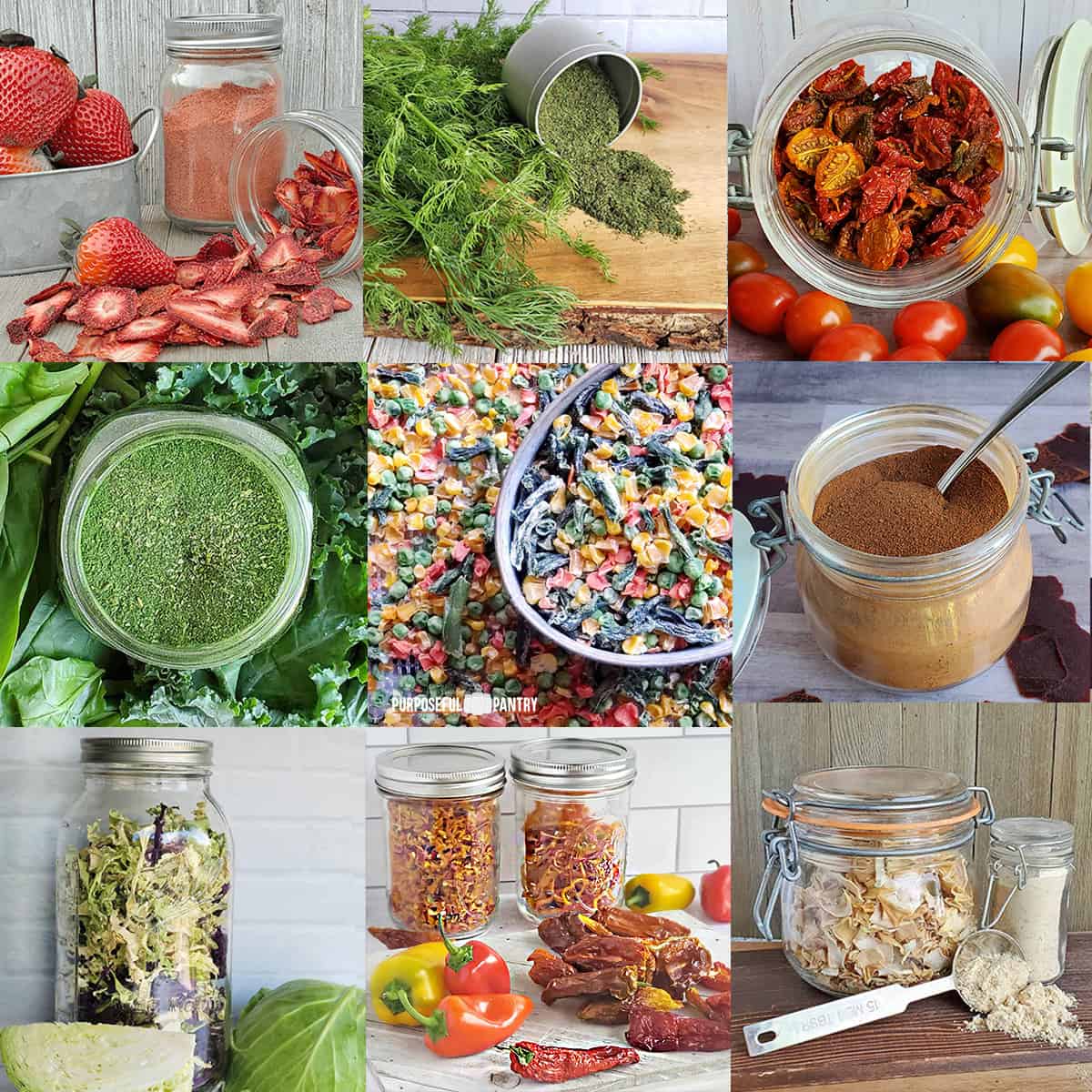
These pantry staples are good for year-round use. Of course, you can purchase them in many stores or online. Still, you can easily do them yourself from your garden, grocery store, or farmer’s market purchases with a food dehydrator (I use a Cosori Dehydrator for most of my food dehydrating).
15 Essential Dehydrated Foods Your Pantry Needs
1. Onions
Onions are a staple of many cuisines. But how often have you reached for onions to dice and found that you had none? You’ll never have that problem again with your stash of dried minced onions.
The bonus is that your dried onions can create the most flavorful onion powder ever!
And if you want to really step it up a notch, try dehydrated caramelized onions!
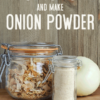
2. Herbs
Have you ever seen the color on most store-bought herbs? They tend to all be various shades of brown.
But home-dried herbs are glorious! They retain more of their flavors and smell! You can air dry or use a low temperature to dehydrate herbs to keep nutrients, color, and essential oils intact for wonderful flavors.
Herbs to try can be grown or purchased. Try one of these and then experiment with your favorite herbs:
One of my absolute favorite herbs to dry is dill, which this recipe will show you, but the process works across the board for most herbs.
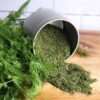
3. Greens
While greens are easy to grow in the cooler times of the year and are available year-round in a store, they can be hard to store for more than a few days. They wilt fast in the fridge, they can be frozen, and even canned, but they aren’t necessarily good for fresh eating.
However, having green bits and powder in the pantry can make adding those essential nutrients to our diet so incredibly easy! Dehydrate your greens and store them whole or crunched up a little to add to your favorite soup or casserole to make eating greens a little more palatable to those who are learning to tolerate them, or make a fine powder to add to just about anything you cook from eggs to brownies and every dish between.
Greens that can be dehydrated:
- Lettuce of all kinds
- Spinach
- Kale
- Carrot, Radish, and Beet tops
- Collard and turnip greens
- Squash greens, broccoli, and cauliflower greens
- Any dark, edible, leafy green (not nightshades)
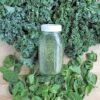
4. Tomatoes
Whether you slice, dice, halve, or dry from tomato paste or use tomato skins left from canning projects, dehydrated tomatoes are a staple every pantry needs.
But I find it most useful as tomato powder. From creating sauces and supplementing flavors in meats and soups to making ketchup, tomato powder is an easy way to store a ton of tomatoes (and replace canned tomatoes) in a small space.
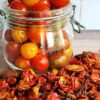
Read more: 25 Ways to Use Tomato Powder
5. Peppers
Peppers of all sorts are awesome to keep in the pantry! They store well, and you save that freezer space for more important things like ice cream!
From sweet to hot (to make chili powder) and everything in between, peppers are a staple you should be storing!
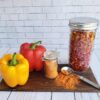
6. Mushrooms
Mushrooms are one of the easiest foods to dehydrate. A simple wipe or rinse, slice, and dry is all that is needed to make a shelf-stable food everyone should have.
I prefer to run mine through my veggie chopper to get mushroom bits for adding to any meal easily. Popping a handful into a soup, stew, or casserole, powdering for some of my favorite umami seasoning, or rehydrating to use in meatloaf is incredibly easy.
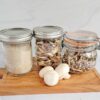
7. Frozen Vegetables
Frozen vegetables are one of my recommended first projects for a new dehydrator. The produce is prepped, cut, and ready to dry. No blanching is required! You can use individual vegetables or do a vegetable blend.
These dried veggies are so easy to put into soups, stews, casseroles, etc. You can even powder it for a great vegetable powder usable in everything you cook for extra nutrition.!
You can use individual vegetables or do a vegetable blend. Here are a few that are easy to start with
- Corn
- Broccoli/Cauliflower – you may want to cut down some of the larger chunks in these mixtures to be more bite-sized pieces.
- Peppers and Onions
- Green Beans
- Carrots
- Vegetable Medley
- Onions – a benefit here is that onions will be less ‘odiferous.’ (aka stinky) if you go from frozen instead of fresh.
Tip: Watch for any frozen vegetables that have sauces, as those tend to contain fats and oils that may not be shelf-stable.
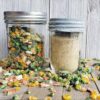
8. Potatoes
Potatoes are a staple for so many cuisines, and dehydrating is the perfect way to preserve potatoes for all the ways you use them.
- Shredded – for hash browns
- Diced – for soups
- Sliced – for au gratin or scalloped potatoes
- Mashed – for mashed potatoes.
9. Zucchini
With the abundance of zucchini, you can get from your garden or grocery stores, it is hard to store that abundance for later in the year. They are not cannable, and can freeze, but dehydrating zucchini in all the various ways you use them is the most effective way to put zucchini in your pantry.
You can make bread or these chocolate zucchini muffins, flour alternatives, soups and stews, fritters, and so much more!
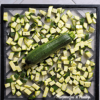
10. Apples
Apples are one of those fun snacking things we do in the dehydrator for the kids, but there is so much more you can do with them!
- Slices for snacks
- Fruit leathers for snacking (and rehydrate for applesauce if you want)
- Sections for pies (yes, you can rehydrate to make pies!)
- Shreds or fine cubes for oatmeal and baking
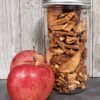
11. Celery
How many times have you purchased celery at the store only to find you throw most of it away because you just don’t use it quickly enough? Or wish there was a way to do it all at once and not have to keep prepping it every night?
Of course, you can chop and freeze, but it’s not shelf-stable. So, instead, dehydrate it! You’ll have shelf-stable celery to use whenever you want, as much as you want, with only a bit of prep time! And if you need it, you can do a quick celery salt hack with celery powder!
Tip for Success: De-string celery (peel it) and cook thoroughly before dehydrating it for a softer, rehydrated product.

12. Strawberries
Strawberries are so versatile! Snacking, breaking down to add to bread or muffins, powdering for flavoring as I do in my Strawberry Rice Cereal Marshmallow Treats.
Tip: Don’t toss the greens! Did you know you can eat strawberry greens!? They are a great addition to teas or green powder!
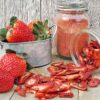
13. Garlic
Like onions, garlic is an essential staple that can be used in any recipe as you would fresh (rehydrate it first) or into an incredible powder in your pantry, and you’ll never buy it again!
Tip: You can use the large tubs of pre-cut garlic in a water base, but not oil. This reduces the prep time for you and reduces (but does not eliminate) the strong smell you may get from fresh garlic drying.

14. Beans
Beans can take a long while to prepare for any meal. However, you can cook up a huge batch, eat that night, and dehydrate the rest for quick and easy hiking meals, meals in a jar, or even a fast soup, along with dehydrated rice for a busy weeknight meal taco soup!
While this doesn’t extend the shelf-life of beans infinitely, it makes quick meals much easier, especially for those who hike and camp a lot, since you use less water in rehydrating/heating than if you were cooking from scratch at the campsite.
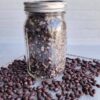
15. Cabbage
Cabbage lasts a very long time in the fridge, but the price can be extraordinary in parts of the year when it’s not in season.
And using it to help bulk up soups and salads is a great way to get more nutrients into your diet! It’s also a good way to bulk up your dehydrated green powder.
Keeping a jar in your pantry lets you add cabbage to almost any soup you make without having to prep. It can just be thrown in and will rehydrate and cook while the soup simmers!
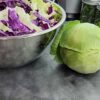
Storage
Store dehydrated foods in an airtight container (whether you use glass jars, mylar bags, or vacuum seal bags), giving you about two years of optimal storage. Your mileage may vary with longer times depending on the food and the storage conditions you have.
Storing in a dark, cool, dry place is beneficial as well. Adding oxygen absorbers and moisture absorbers or vacuum sealing in mylar is beneficial but definitely not necessary.
Alternatives
Of course, if you do not want to dehydrate your own, you can use this list to help you create a freeze-dried food pantry for long-term storage. Besides our essentials listed above, you can then include these foods which are not good candidates for dehydrating:
Augason Farms, Emergency Essentials, NutriStore, and ThriveLife foods are good companies for these. Of course, you can invest in a freeze-dryer and freeze dry foods yourself to create the same essentials for your food storage.
What would you include?
Granted, we didn’t add jerky or other cuts of meat (not reliably shelf-stable for longer than a month or so), fruit leathers, marshmallows, or other items that are more like snacks than staples.
And you may find that you don’t like one of the above items enough to use it. That’s fine! But let us know what your dehydrated staples are in your pantry! What are the essential dehydrated foods your family uses all the time?
Frequently Ask Questions
Dehydrated food is a staple in our home. But for some folks, it’s a mystery. There are tons of questions about how and why to dehydrate, but here are a few that will help you now:
Properly pretreated (if necessary) and dried, most dehydrated foods keep all of the nutrition, including vitamins, minerals, proteins, and fiber, as their fresh counterparts. They also retain all their calories. Vitamins A & C are lost with high drying temperatures, and some water-soluble vitamins may be lost in blanching. However, blanching helps stop the enzymatic process that makes foods turn color or degrade faster. If you wish to keep all the nutrients in your dried food, dry it below 115°F/46°C.
While any food CAN be dehydrated (except for things like chocolate and butter that will melt), some foods, such as high-fat foods like avocados, milk, and eggs, aren’t the best candidates for dehydrating since their high-fat content makes them unreliable for shelf storage. Other foods, such as cheese, are messy and, again, not reliably shelf-stable.
The sublimation process of freeze-drying foods is different than that of dehydrating. The freeze-drying process freezes food, then uses heat to remove the water as a vapor. That’s what gives it a styrofoam-like texture. Dehydrating uses warm air to evaporate water from produce, shrinking it. They both do require water to rehydrate, but freeze-drying may often have a better texture for some foods, and has a longer shelf-life with proper storage.
It will depend on your own taste preferences – but it depends completely on the food. Some dehydrated food is crunchy and flavorful, some is hard and dry. Foods meant for snacking are usually thin, crunchy, and seasoned (or, as in the case of fruits, eaten as is). Dried foods for storage are generally meant to be hard and dry to store well and rehydrated and seasoned to use in dishes.
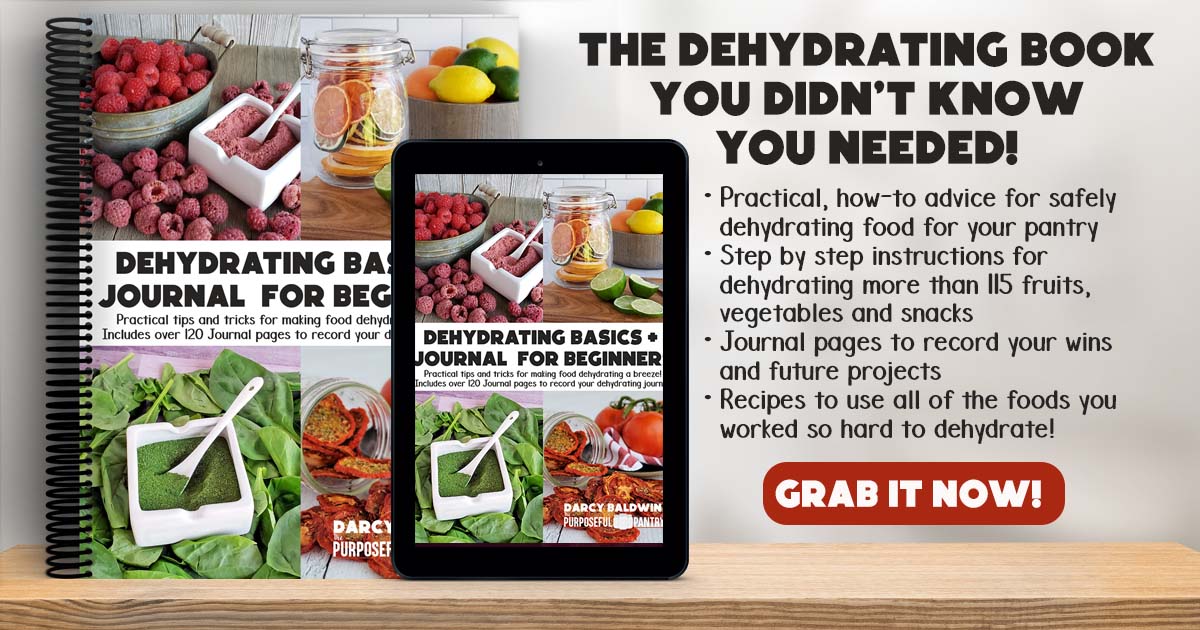

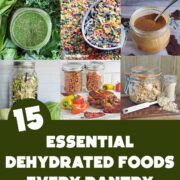
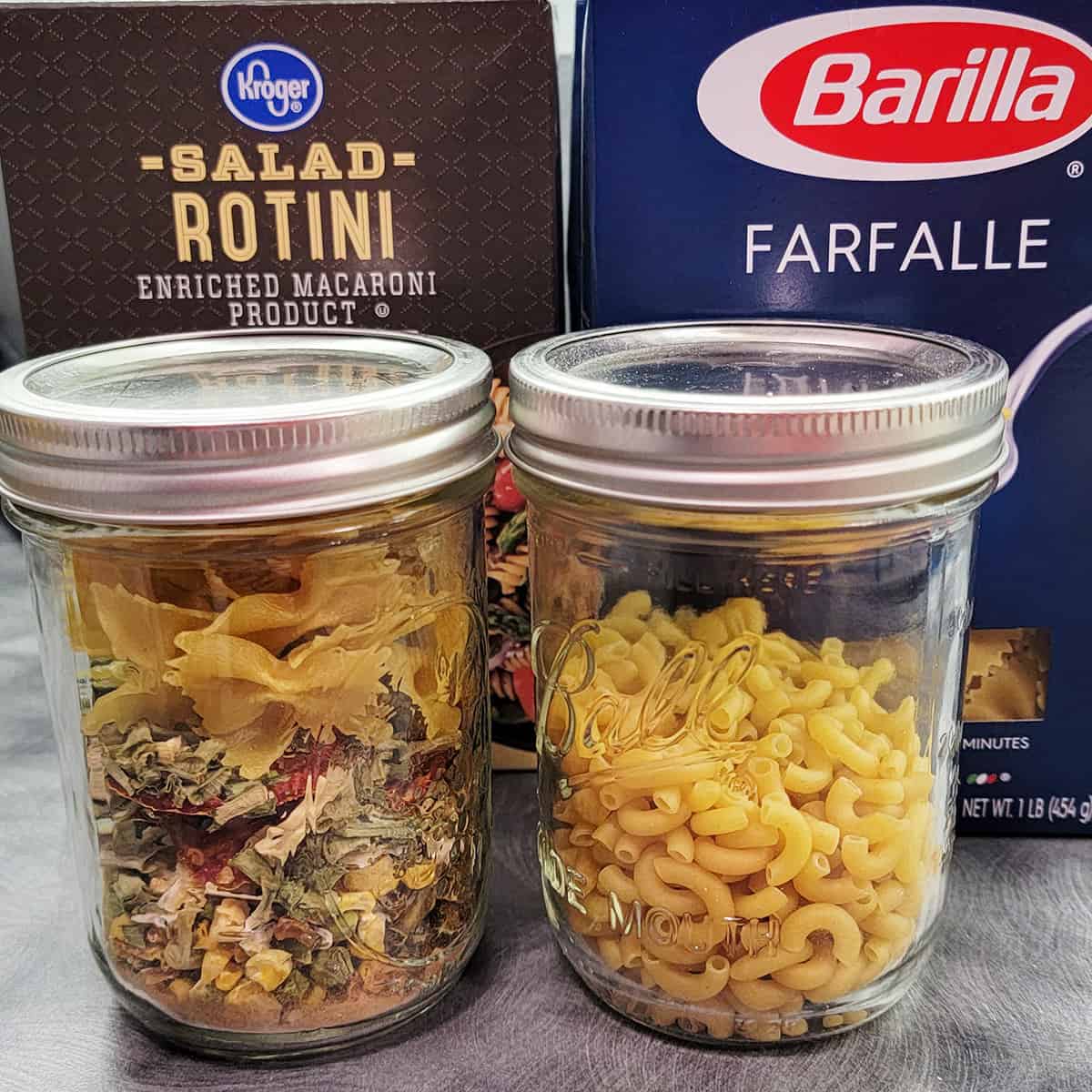
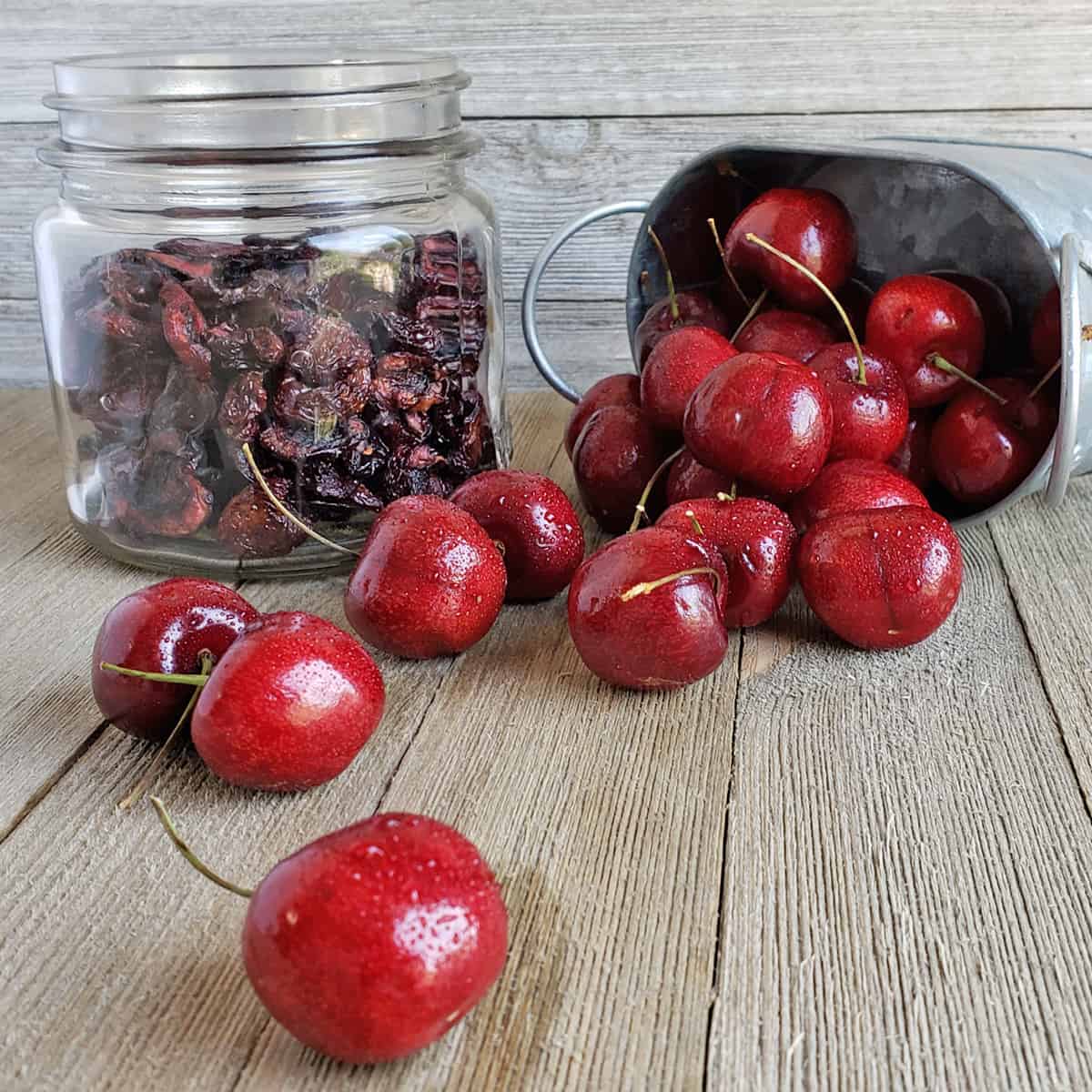
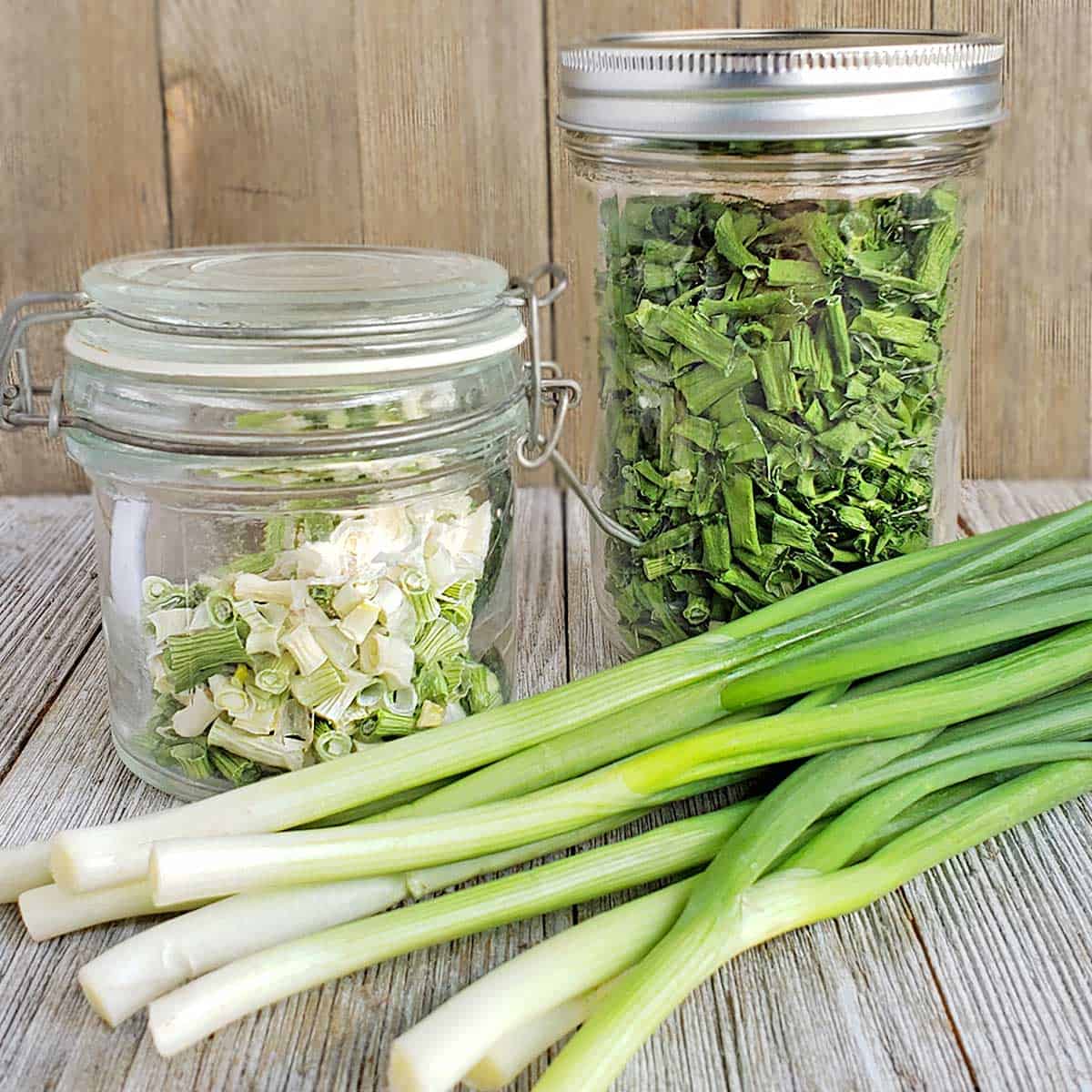
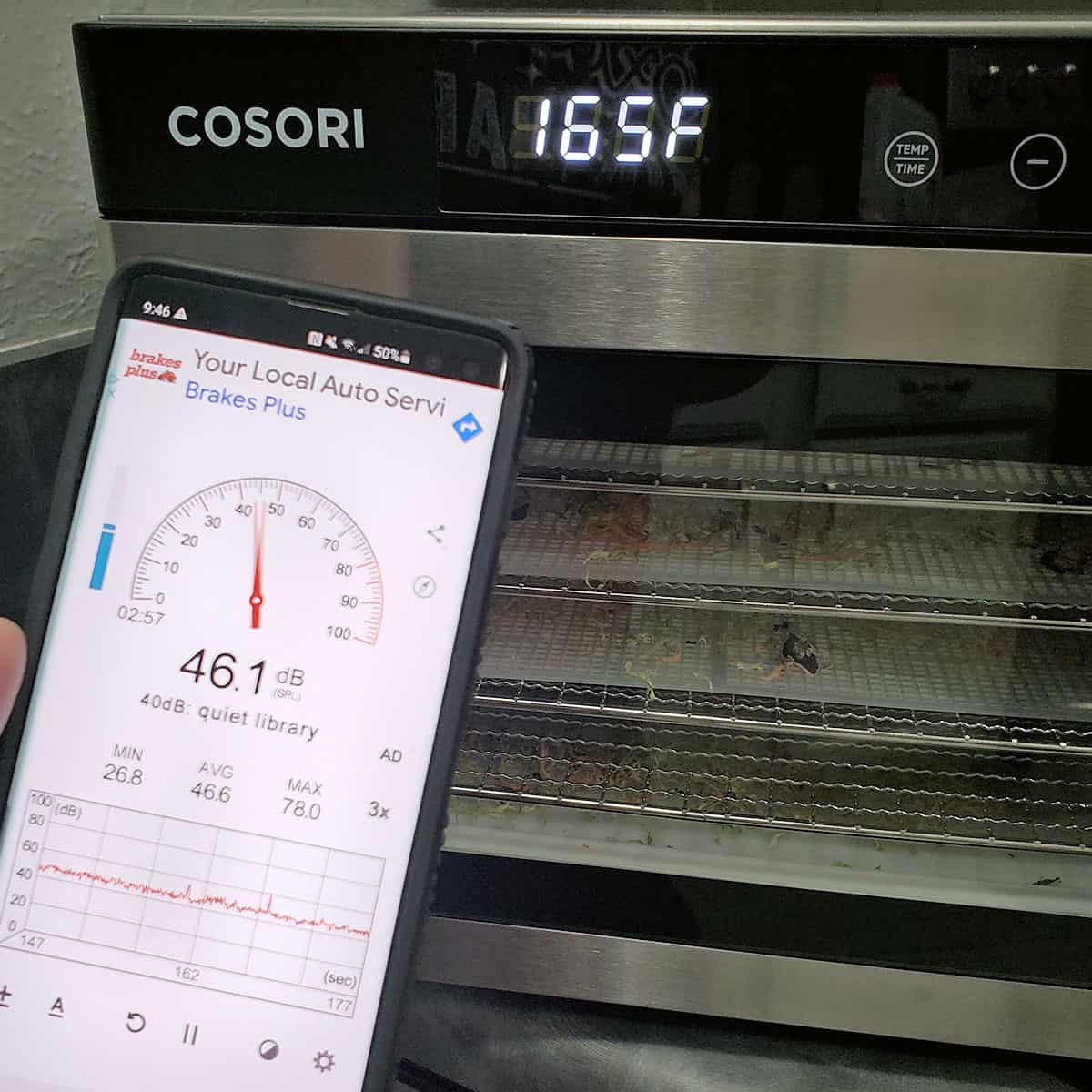

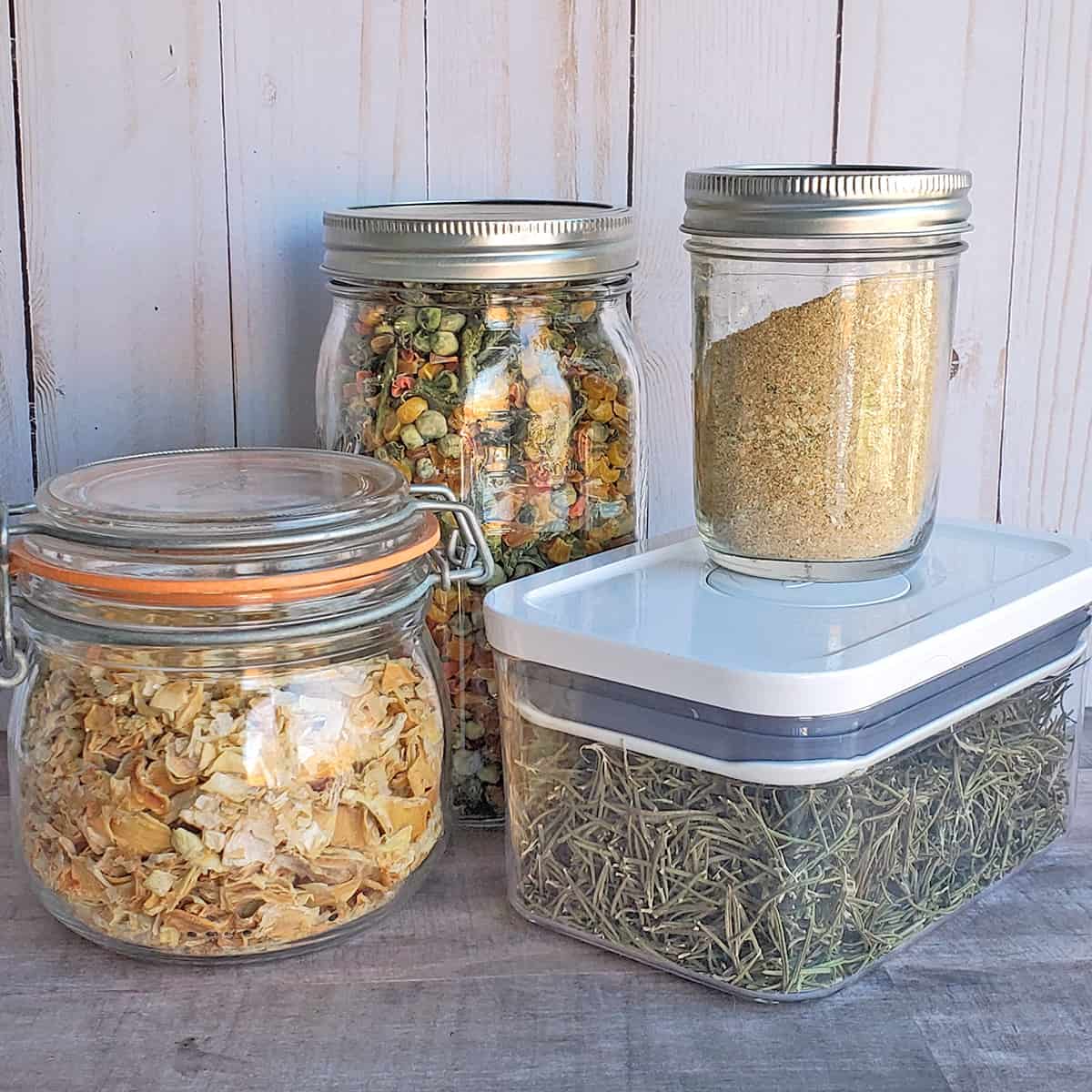
I’ve been told I can dehydrate parsnip greens dose this include the stalks please.
Yes – just like with carrot tops – all edible leafy greens include the stalks.
I love you YouTube channel and then sighed up for newsletter and just as please with it. Keep going! I have shared you educational information and told others about you.
I’m glad you found it helpful!!